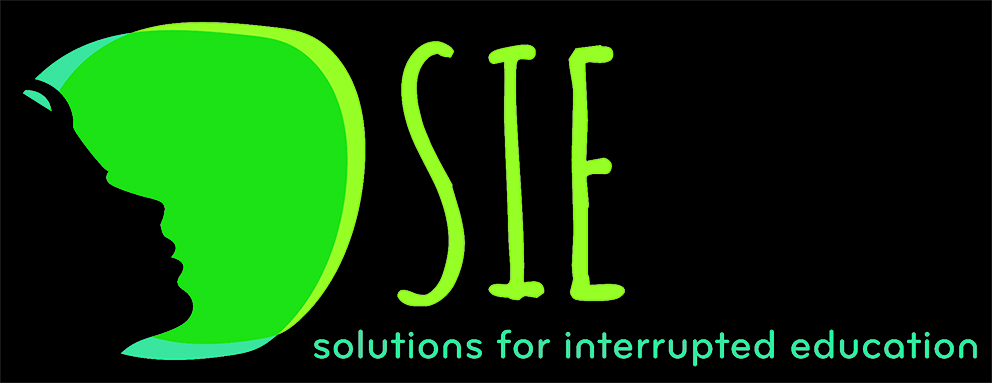Aspire Africa 2019 in Kigali, Rwanda far exceeded our expectations and remains in my heart as a wondrous sign of hope.
We were a group of thirty facilitators, teacher participants, and translators, each one arriving with open minds and hearts. We all played a dual role of student and teacher, and a Beloved Community emerged from our first meeting together.
We were hosted by the African Leadership University at their beautiful campus (Alueducation.com). The conference was superbly coordinated by Rebekah Pleasant (Atlanta), Charlotte Finegold (New Haven), and Isidore Iradukunda (Rwanda).
Our African teachers came from Somalia, the Congo, South Sudan, Uganda, and Rwanda. Most had traveled under difficult, even life-threatening conditions. They were without exception heroic, kind, and insightful. They were also worn out by the crushing weight of teaching in the midst of violence and poverty, with few resources and inadequate salaries.
As teachers, we all understood one another from the first moment, because we know the common hardships that we face.
The eight-member Aspire Africa teaching team was led by academic coordinators Rhina Williams and Maggie Deaton (Atlanta), as well as Dr. Deqo Mohammed (Somalia). We learned about the impact of trauma on learning, and practical strategies for creating a healing, child-centered classroom in the midst of war and displacement.
We visited an afterschool program for children living in poverty and held a teaching seminar for mentors at a coffee farm supporting women and children. We also visited the Kigali Genocide Memorial where a conference participant, a genocide survivor, gave us roses to place on a mass grave for 250,000 people. Afterward we spent hours in conversation and silence and tears, trying to understand what we had just experienced.
Deep relationships developed among our participants as they talked long into the night, sharing their teaching experience in crisis environments. They joked, laughed and danced together, and celebrated an all-too-brief respite from chronic stress and fear.
Now our enthusiastic new partners have returned to their classrooms, taking our hearts with them. In extreme conditions, they are starting local chapters of Aspire Africa and creating Beloved Community schools.
On your next visit to our school, I promise it will not be the same as when you left.
To our great joy, conference teachers and coordinators are working together to develop and sustain Aspire Africa in partnership with the work of SIE in the US.
When we said goodbye, our sadness was tempered by a common goal, ‘Together again in Kigali!’
Barbara Thompson, Executive Director



